
Currently 2.6 billion people use smartphones and 77% of them keep their devices at hand 22 hours a day. That’s why on-demand economy solutions are the next logical step for startups. Earlier we have written about why it’s important to build MVP and in this article we provide examples of hot startups offering on-demand solutions and tell what to keep in mind when creating your own on-demand startup.
What is on-demand economy?
Access or on-demand economy is a model where goods and services are not sold but rented and access to them is provided exactly when it is needed. Orders are received online and fulfilled offline. For example, using Uber app you can quickly order a taxi and numerous delivery startups will deliver you anything from clothes to flowers on demand. Task Rabbit helps to find people who will do some of the chores for you:
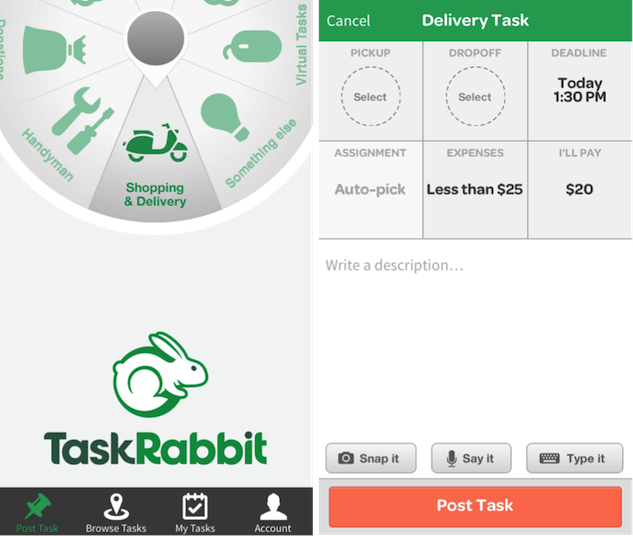
Internet startups similar to Spotify don’t offer on-demand service since orders are both received and fulfilled online.
Advantages of on-demand economy include:
- High speed of providing necessary services or goods.
- Relatively low price for customers since all unnecessary steps are removed.
- It’s easier for suppliers to contact customers.
In 2015 international on demand startups raised $2 billion.
How to create on-demand economy solution
So you have an idea for on-demand startup that has a potential to be useful and become popular. But most probably this idea comes from noticing imperfections of how a certain industry (taxi or car rental, cleaning, hospitality or education) works in your country or city, that’s why it will not necessarily work as you think in other conditions. Here’s a better way to handle it:
Choose your region and audience. The smaller the region, the better. Ideally it should be one city you know very well — that’s how on-demand economy startups Uber, Airbnb and Instacart started their business. Prepare yourself to change your initial idea after studying the market, talking to users and launching the first version of your product.
Gradual Uber expansion:
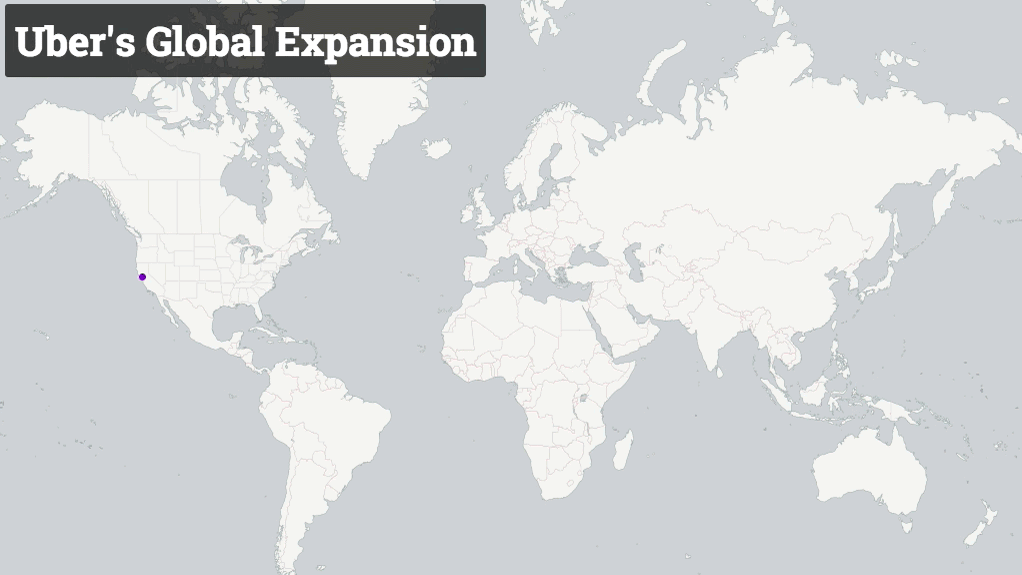
Source: Forbes
Study your competitors and the needs of the target audience. Identify your competitors. They aren’t necessary software companies: for example if you want to deliver products like Instacart, the list of your competitors can include local farmers who offer similar service. Learn what customers think about the services provided, what they like and don’t like about existing companies, what extra services they lack. You can combine interviewing potential customers with talking to them on local forums and social networks.
Develop MVP. MVP stands for minimum viable product that contains only vital features and is aimed at receiving feedback from users and improving the initial hypothesis the service is based on. It is part of the lean startup methodology used by top software startups like Hootsuite and Dropbox:

See our article on MVP to learn more.
MVP launch and data analysis. Will it make it or not? After studying user reaction and engagement with MVP you will be able to understand how your product should be changed so that users will be eager to pay for it.
When creating on-demand economy startup you need to decide on supply model. It can be attracting sellers to your platform (Etsy, Airbnb) or working with several suppliers under contract like Hotel Tonight. In any case you need to take into account price-quality trade-off.
If new startup is aimed at attracting sellers, you should take special care of the quality aspect. That’s why Uber and Airbnb are using rating systems and refuse to work with service providers that receive low rates from customers.
On the other hand, if you want to work with a small amount of suppliers under contract, you have to offer them real value too. For example, Hotel Tonight helps hotels to fill free rooms that otherwise would be left empty. The most successful on-demand economy startups solve not only user problems but problems their suppliers come across.
Examples of successful on-demand startups
Instacart
Instacart managed to leave behind the best startups and become the most promising American company of 2015 according to Forbes. Instacart offers grocery delivery within 1 hour or more. Instacart’s fee is 10-20% of the grocery cost. If first groceries were bought at retail price, with user base growing company got access to cheaper prices. Shopping and delivery is performed by contractors.
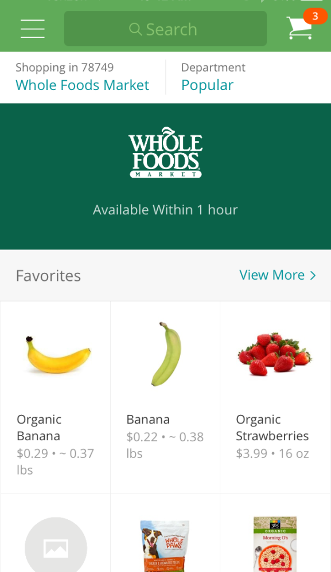
Instacart became popular since it managed to solve the problem of quick and cheap grocery delivery.
Uber
Uber connects passengers with registered drivers competing with regular taxi companies. After Uber launch more transportation startups have appeared, for example Lyft, Hailo and Sidecar. Read our article to learn more about creating app like Uber.
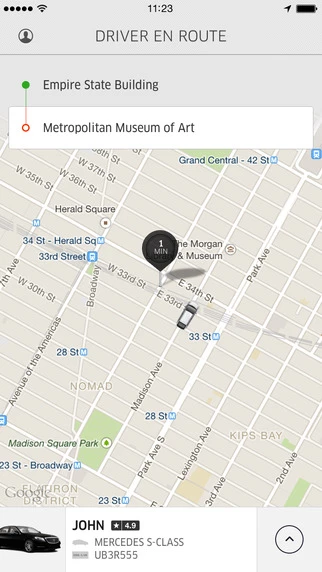
Uber became popular because it offered:
- Lower prices comparing to traditional taxi companies.
- Fast car hailing using app, several payment options and tracking of the car as it approaches.
- Chance to join Uber as a driver and earn money using your car.
Another factor that helps Uber make more money is surge pricing applied to rides happening in peak hours when demand is higher than supply.
Hotel Tonight
Airbnb is not the only useful lodging service for travelers. Hotel Tonight app allows you to book a room with a discount up to 7 days in advance. It is possible since hotels would rather offer a room with a discount than leave it empty.
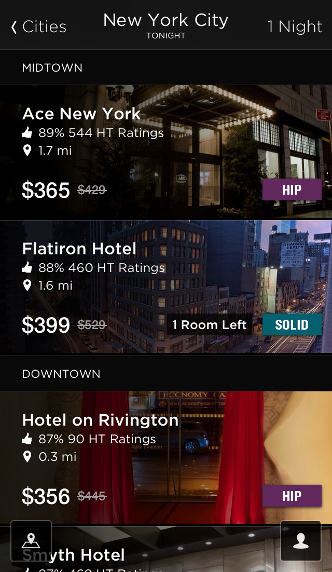
App is available in 500 cities and 30 countries and has become quite popular:
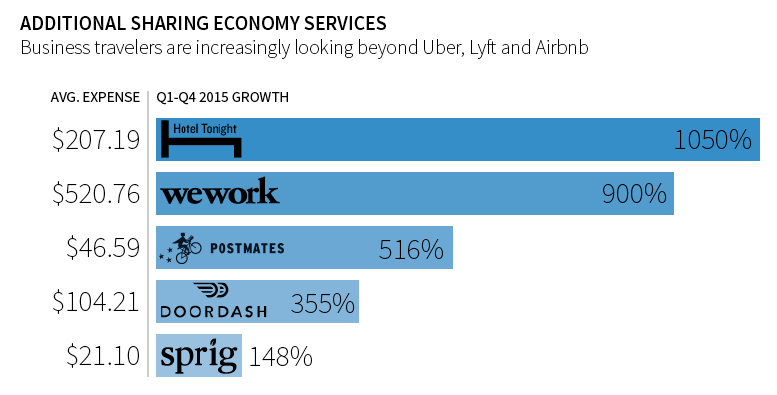
Hotel Tonight solved the problem of finding hotel rooms for urgent and spontaneous trips and simultaneously offered a discount for them.
Studio stfalcon.com creates on-demand solutions for startups using Symfony2 and other modern web technologies. Contact us and we will help your startup succeed.
Master the art of prioritization to steer your startup towards success. Download our whitepaper, "How to Prioritize Your Time," for valuable insights into strategic decision-making. Elevate your efficiency and productivity by learning the essential techniques.



